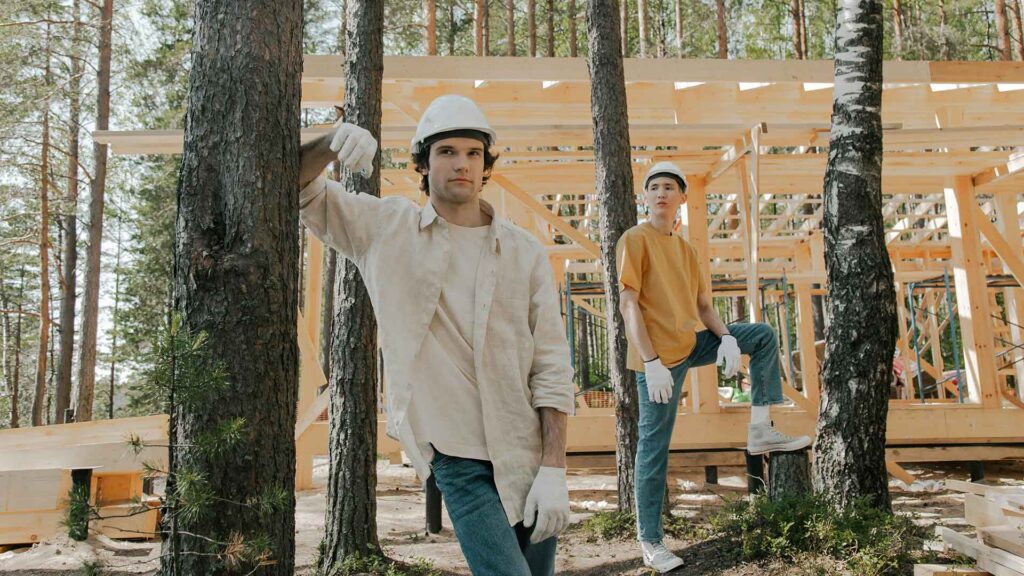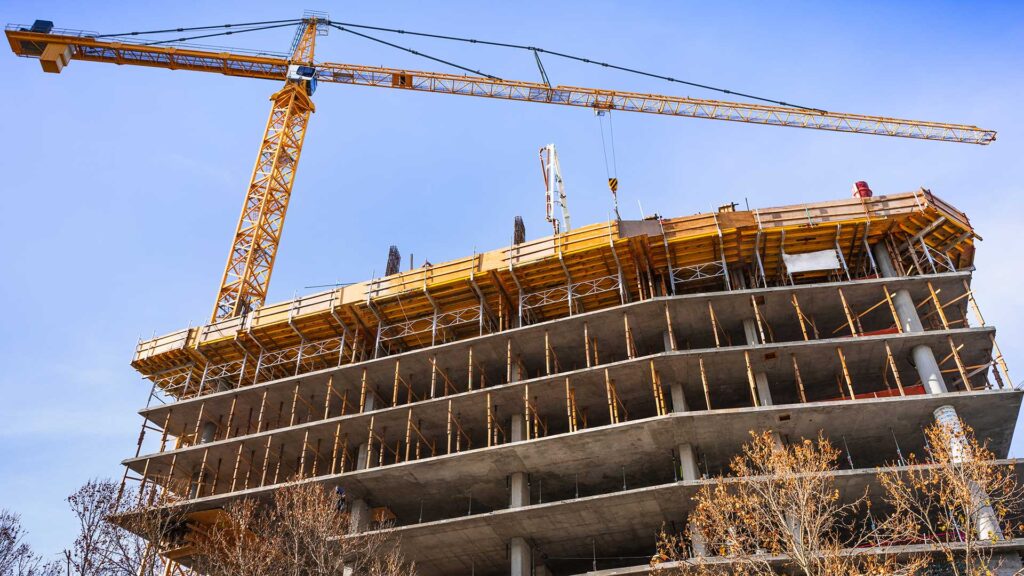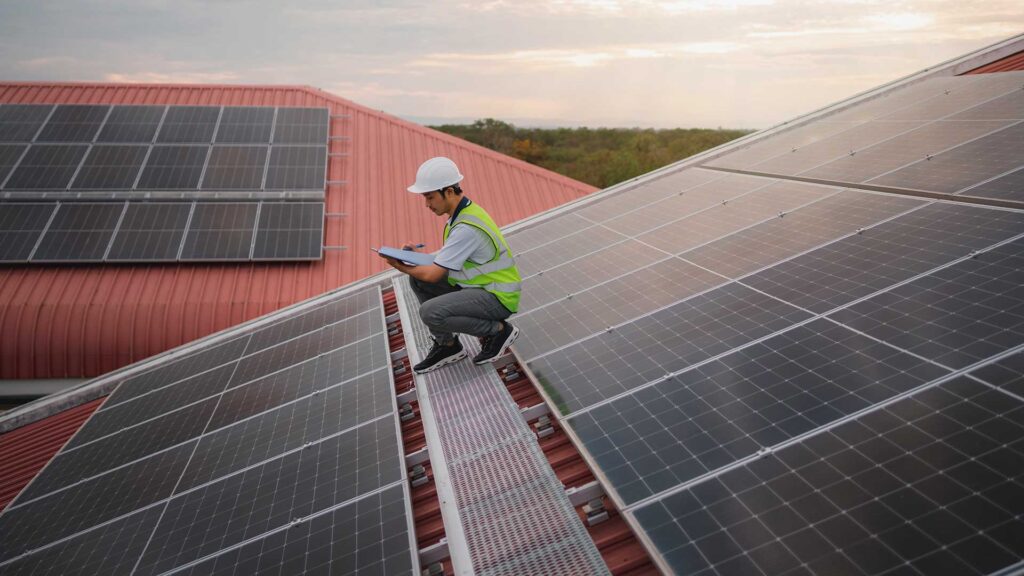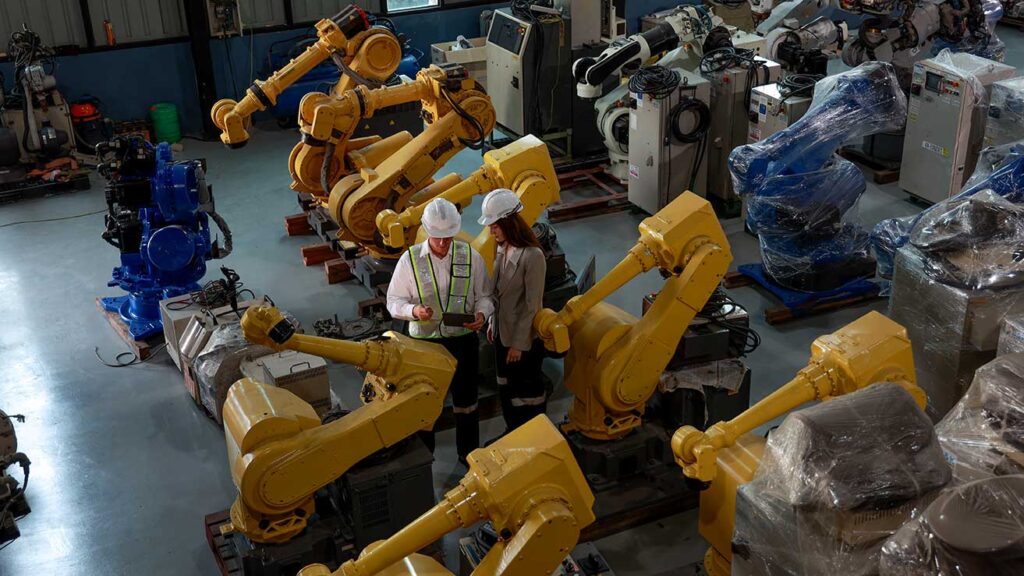Turning Crisis into Opportunity: How Entrepreneurs in the U.S. Construction Industry Can Thrive in 2025
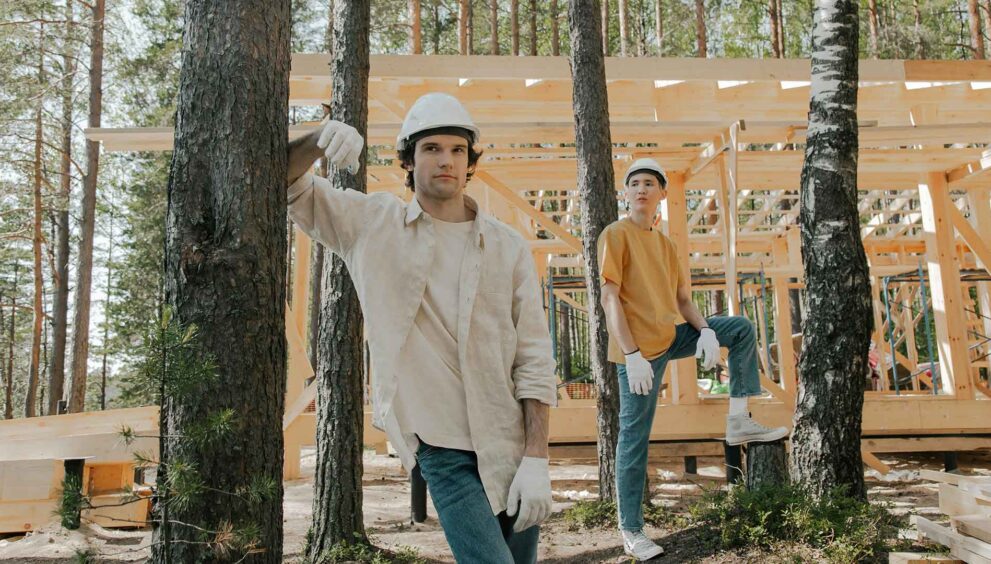
They say a crisis is a time of opportunity, but when the stock market is tumbling, whispers of recession grow louder, and tariffs threaten to jack up the price of steel and lumber, it’s tough to see the silver lining—especially if you’re in construction. As an entrepreneur, I’ve felt that gut punch of uncertainty myself. Today, April 9, 2025, the headlines aren’t exactly inspiring: the Dow’s down 8% this quarter, economists peg GDP growth at a sluggish 1.6%, and new tariffs could slap a 22% premium on imported materials. It’s enough to make anyone pause.
But here’s the thing—crises don’t just break things; they shake things up. For those of us in the construction industry, this moment isn’t just about survival—it’s about spotting the cracks where opportunity seeps through. Whether it’s government spending, a shift to domestic supply chains, or a chance to rethink how we build, there’s a path forward. In this article, I’ll break down the economic landscape, highlight tangible opportunities, weigh the case for investing now, and argue why education could be your secret weapon. Let’s dive in.
The Economic Landscape: What We’re Facing
First, let’s get real about the situation. A recession—or at least a serious slowdown—looms large. Consumer confidence is shaky, private investment in new builds is stalling, and banks are tightening their belts. For construction, that often means fewer cranes in the sky. But history tells us recessions also spark government action—think infrastructure spending to jumpstart jobs. The Biden administration’s been hinting at a $300 billion infrastructure push, and states are eyeing repairs for crumbling bridges and highways. That’s a lifeline worth watching.
Then there’s the tariff issue. With new levies on steel, aluminum, and other imports kicking in this spring, material costs are climbing. A 25% hike on Canadian lumber alone could add $10,000 to the average home build. Margins are getting squeezed, no question. But here’s the flip side: tariffs are forcing a hard pivot toward domestic suppliers, and that’s where nimble entrepreneurs can step in.
The takeaway? This isn’t a time to hunker down—it’s a time to adapt. Crises disrupt the status quo, and in that chaos, the sharp-eyed builder finds a foothold.
Opportunities in Construction: Where to Look
So, where are the opportunities? Let’s start with the big one: government infrastructure spending. If Congress greenlights that $300 billion package—or even half of it—contracts will flow for roads, airports, and public buildings. Small firms like mine can bid on subcontracts or partner with bigger players. The key is getting certified and connected now, before the floodgates open.
Next, consider the shift to domestic supply chains. Tariffs make imported materials pricier, but they’re a boon for U.S. producers. I’m eyeing partnerships with local lumber mills or steel fabricators—maybe even investing in a startup that’s scaling up. If you can lock in a reliable, cost-competitive supplier, you’ll dodge the tariff hit and build a moat around your business.
Then there’s affordable housing. The U.S. is still short 1.2 million homes, per the National Association of Realtors’ latest count. A recession might cool demand, but it could also drop land prices—perfect for snapping up lots in high-growth spots like Raleigh or Boise. Modular construction or 3D printing could keep costs low, letting you serve first-time buyers or renters who aren’t going anywhere.
Don’t sleep on renovation and retrofitting, either. When new builds slow, people fix what they’ve got. Energy-efficient upgrades—think solar panels or better insulation—are hot, especially with federal tax credits still in play. Disaster-proofing is another angle; after last year’s wildfires and floods, clients want resilient homes. Adaptive reuse—turning old warehouses into apartments—could be a goldmine, too.
Finally, the labor market might tilt in your favor. Construction’s been starved for workers, but a softer economy could bring skilled carpenters and electricians back to the table at rates you can afford. Build that dream team now, and you’ll be unstoppable when the rebound hits.
Is Now the Time to Invest?
Investing in a downturn feels like a gamble, but the right moves can pay off big. Take equipment: a skid steer with a 3D concrete printing attachment could slash labor costs and let you bid on niche projects. Or consider materials: stockpiling lumber or steel before tariffs fully bite might save you thousands later—just make sure you’ve got the cash flow to float it.
Real estate is another play. If the market dips further, distressed properties in up-and-coming areas could be yours for cheap. I’ve got my eye on a parcel near Austin; if prices drop 10% more, it’s a steal for a mixed-use development down the line. The trick is balance—don’t overextend when project timelines are shaky.
Here’s a quick example: Imagine a small firm sinking $50,000 into a stake in a Midwest steel recycler. Tariffs boost demand, the recycler doubles output, and two years later, that investment’s worth $150,000—plus you’ve got a steady supplier. It’s not guaranteed, but it’s the kind of calculated risk that wins in a crisis.
Education: Your Competitive Edge
If cash is tight, invest in yourself. Upskilling is non-negotiable—learn sustainable design (LEED certification’s a start), master AI tools for project planning, or dive into modular building techniques. These aren’t just buzzwords; they’re how you outmaneuver the competition.
Policy knowledge matters, too. Dig into tariff details—22% on steel sounds bad, but are there exemptions? Study the Infrastructure Investment and Jobs Act; $1.2 trillion is still trickling out, and knowing where it’s going could land you a contract. Free webinars from the Associated General Contractors or trade mags like Construction Dive are goldmines for this.
And don’t skip networking. Join a local builders’ association or hop on a Zoom panel. I once picked up a tip from a mentor during a recession that saved me from a bad bid—those connections are priceless. Start small: sign up for a $20 online course or a free YouTube series. Every bit sharpens your edge.
Actionable Strategies to Start Today
Here’s your playbook:
- Diversify: Chase niches like solar farms or data centers—tech’s still growing, even in a downturn.
- Tech Up: Use drones for site surveys or BIM software to cut waste. It offsets material cost spikes.
- Relationships: Lock in local suppliers and loyal clients. Trust gets you through lean times.
- Plan Smart: Draft contracts with escalation clauses to pass on tariff hikes without losing jobs.
Seizing the Moment
A recession, tariffs, a jittery market—it’s a lot. But for construction entrepreneurs, it’s also a chance to innovate, invest wisely, and build a business that lasts. Pick one opportunity—say, researching a federal grant or sketching a retrofit pitch—and take a step this week. The builders who adapt don’t just survive a crisis—they shape what comes next. Let’s get to work.


 English
English 
















